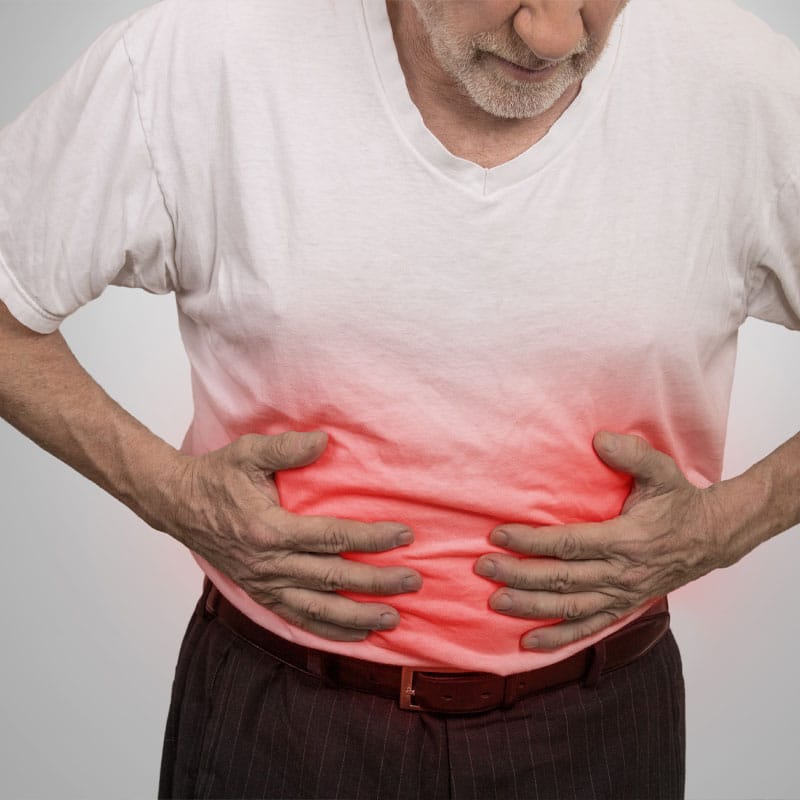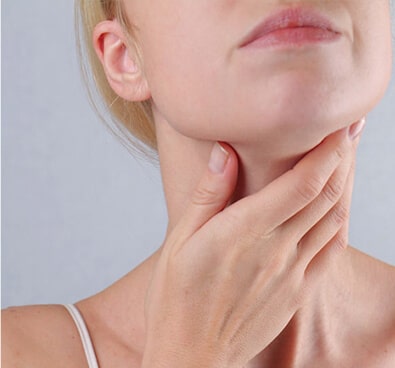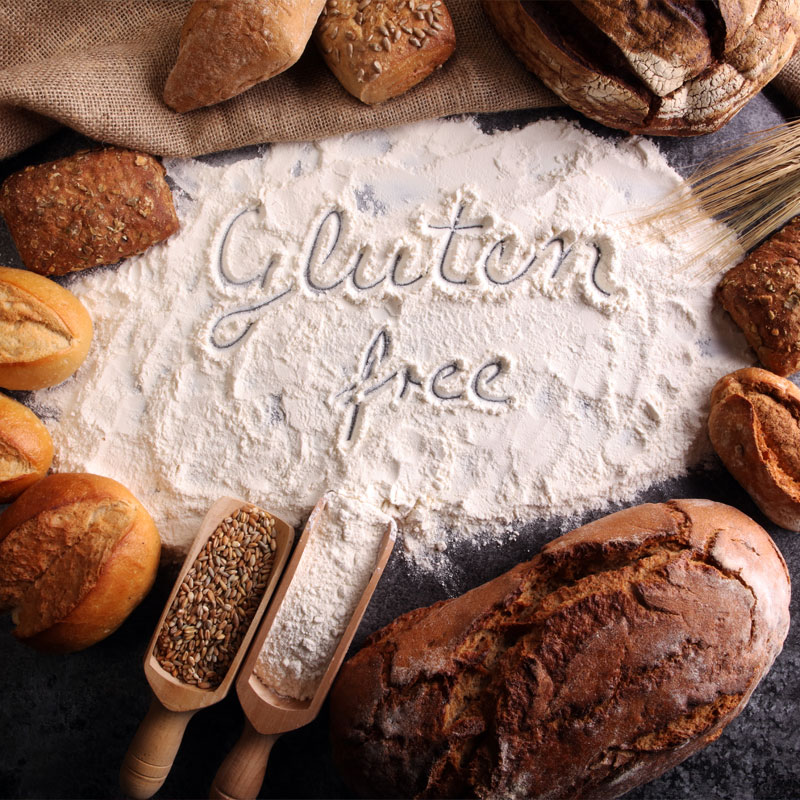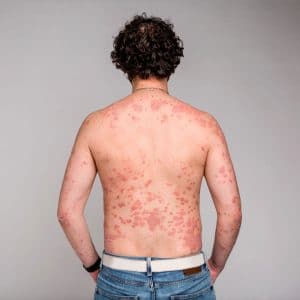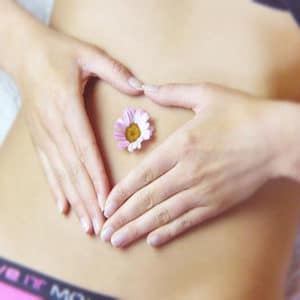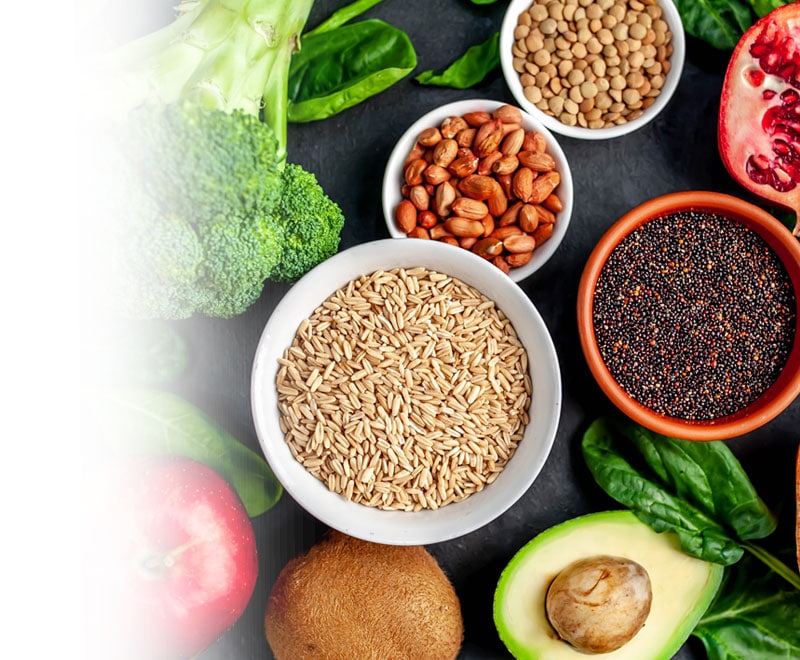Yeast infections can be miserable especially if they become chronic. Surprisingly, dietary changes can deter yeast infections from becoming a regular occurrence. It is important to understand what foods can either help alleviate symptoms or initiate an infection.
Symptoms of a Yeast Infection
Yeast is a single celled fungus that allows bread products to rise. Mammals have small amounts throughout their bodies normally aiding the immune function within the gastrointestinal track. Problems arise when there is an overproduction of yeast. The symptoms of a yeast infection vary from individual to individual and also based on the location of the infection. It is the same type of fungal overgrowth that leads to symptoms presented in the vagina, skin, and mouth. 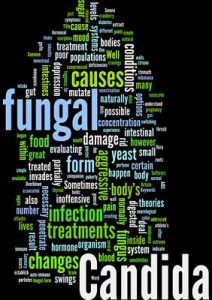
Oral Thrush Symptoms – Oral thrush occurs when there is an overgrowth of yeast in the mouth. A white coating develops on the inside of your cheeks, the roof of the mouth, tonsils, and tongue. The inside of the mouth and throat can be sensitive, and it may hurt to eat or drink.
Yeast Infection of the Skin – A yeast infection of the skin typically occurs in the skin folds. A red rash appears that can ooze clear fluid. Pimples may develop, as well as burning or itching. If left untreated, the cracked skin becomes extremely sensitive and sore.
Vaginal Yeast Infection Symptoms – Common symptoms include burning, itching, and irritation of the vulva or vagina. Burning during urination or intercourse is also typical. The vulva may be red or omit a discharge similar to cottage cheese.
Lifestyle Modifications for Yeast Infections
Chronic yeast infections occur when Candida Albicans begin to grow uncontrollably in the gut, or other mucus membranes. A change in your diet and some lifestyle modifications can help decrease your risk of a yeast infection.
There are several things that one can do to help prevent yeast infections or relieve the symptoms of a Candida outbreak. First, one must practice good hygiene. This means daily teeth brushings wearing a cotton underwear, and showering daily.
Anti Candida Diet
The anti candida diet eliminates foods that can increase the risk of a yeast infection and systemic inflammation.
Foods to avoid are-
- Alcohol – Alcohol is transformed into sugar when it is digested. This sugar can feed candida and can cause inflammation throughout the body.
- Artificial Ingredients – Artificial ingredients, including artificial sweeteners, artificial colorings, and artificial preservatives, cause systemic inflammation.
- Dairy Products – Traditional dairy products like milk and ice cream contain lactose which increases the acidity in your mouth. Individuals can have a food sensitivity to lactose, which increases systemic inflammation. Finally, dairy products can stimulate the growth of the candida.
- Gluten – Gluten is the protein found in several different grains, including wheat, rye, and barley. A gluten sensitivity can cause a chain reaction in the body, leading to systemic inflammation, increased gut microbiome dysbiosis and intestinal permeability (leaky gut). This furthers the overgrowth of yeast and other detrimental bacteria.
- Sugars and Refined Carbs – As the body begins digesting refined carbs and complex sugars, it increases the acidity of the body, which allows detrimental bacteria to grow. As more sugars and carbs are consumed, inflammation can occur.
- Starchy vegetables
- Sugary fruits
- Yeast
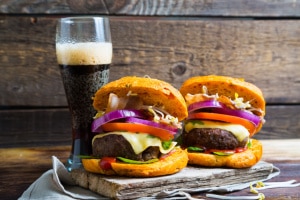
The foods listed above are common staples of the Standard American Diet. They are found in fast food restaurants, grab and go meals, and processed foods. When you begin transforming your diet by removing these items and replacing them with wholesome and nutritious foods, you can help heal your gut and reduce the risk of developing a yeast infection. The amount of inflammation in the body will be reduced and your body and your health will improve.
Replace these with the following wholesome foods-
- Non-starchy vegetables
- Healthy fats
- Lean proteins.
Candida Cleanse
The Candida diet is a temporary carb restricted diet that should be thought of as a cleanse rather than a permanent diet. This diet helps reset your microbiome. Eating less than 60 grams of carbs per day for six weeks can greatly improve your gut health. Avoiding the substances listed above helps to reduce systemic inflammation, weaken yeast overgrowth, and regulate glucose levels. The goal of the candida diet is to starve out the candida by removing those foods.
As with any diet or cleanse, consult your doctor or holistic nutritionist before beginning. Many people notice a few symptoms at the beginning; however, these clear up within a week or two. The National Institutes of Health reports the following symptoms typically occur when carbohydrates are drastically cut:
- Constipation
- Diarrhea
- Difficulty sleeping
- Dizziness
- Fatigue
- Flu-like symptoms
- Headache
- Irritability
- Muscle cramps
- Nausea
- Poor concentration
- Stomach pain
- Sugar cravings
- Vomiting
- Weakness
These symptoms will disappear soon and should actually be seen as a plus. These symptoms are caused by the body flushing out toxins and the die-off of the candida. By eliminating the foods that were causing inflammation and feeding the yeast, the die off and rebalance of the microbiome starts to occur.
Treatment for Chronic Yeast Infections
Yeast infections that occur more than four times each year are considered chronic. Eating a healthy diet along with taking probiotics can help decrease your risk of developing another yeast infection. If the anti-candida diet listed above does not help reduce the number of yeast infections, it is advisable to consult with your functional medicine practitioner. Our team specializes in identifying the root cause of your yeast infection and creates a treatment plan to eliminate as well reduce the risk of developing future yeast infections.




